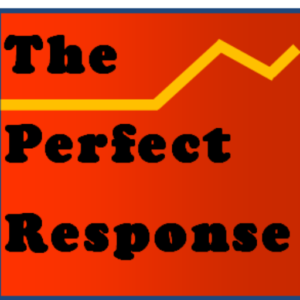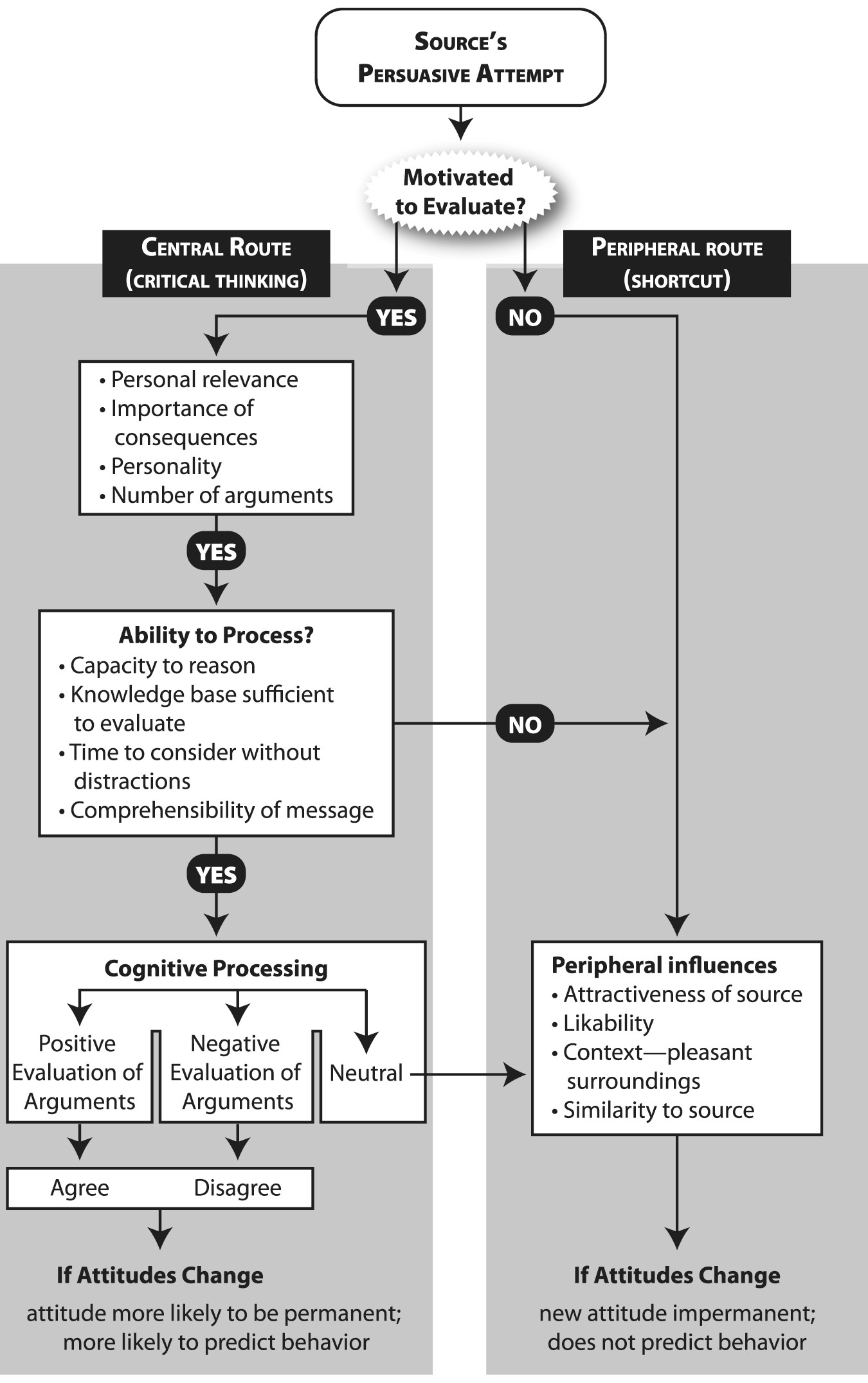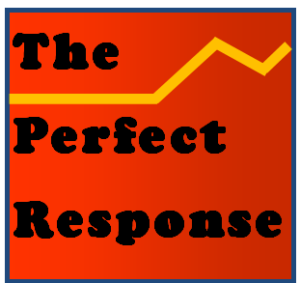The frequency was perhaps around 30 Hertz. Even though it was at the threshold of audibility, It blocked my ability to absorb other sounds, suggesting that it originated from a source with a lot of energy.
The Havana Syndrome has been in the news lately. 60 Minutes recently concluded that it was a real thing, probably a Russian “black op” attempt to disrupt life within America’s Havana Embassy. And just a few weeks ago a long-term federal study concluded the opposite, noting that researchers could find no hard evidence of an invasive “sonic gun” affecting workers in Cuba and, more recently, in other world capitals.
A recent post here suggested that the Feds are probably right. The likely root causes of ear and balance issues may be all the accumulated and unnoticed ear damage that can give us all symptoms of the syndrome: dizziness, nausea, persistent ringing in the ears, and even damage to bones in the middle ear. It turns out that many of us have routinely subjected our ears to physical and auditory abuse: a cause of hearing loss now common in middle aged and older adults. In addition, add in this complication: the more the syndrome is discussed the more it is likely that people sharing the same office may connect with the idea. When that happens it is sometimes called “somatic contagion.” Similar effects are attributed to maladies frequently seen within a community.
But a small but revealing event last week gave me pause. For two short periods I seemed to be bombarded by infrasound–very low frequency sound–below what we would expect to hear in most environments. To be sure, how we process moving air moving at slow frequencies is a tricky threshold. Slow vibrations are generally felt by the body. But a somewhat higher rate of vibrations come to us as sound.
Was my experience a case of somatic contagion?
As has been the pattern for this site, all things sound related are fair game. Sound and noise are everywhere, but sometimes hard to isolate against the clutter of other environmental variables. My simple experience was puzzling and unnerving. I spent a typical afternoon tackling revisions on future posts to this site. The room I work in is quiet and long. I’ll explain why that is important in a minute. It is also below ground on three sides and open to some woods on the fourth. At about 2:00 in the afternoon a unusual sensation enveloped me. Steady and penetrating, a low rumble seemed to momentarily block the rest of the ambient noise in the space. To be sure, disruptive sounds are not so unusual. Construction trucks and a nearby four lane bridge can create rumbles of sound. But this was different. The pitch was steady, and continuous for perhaps two separate 45 second intervals. Even though it was not loud, It blocked my ability to absorb other sounds, suggesting that it originated from a source with a lot of energy. The frequency was perhaps around 30 Hz. This would be near or below the kind of tone we might hear from a deep 32-foot pipe on an organ, and a bit below my hearing threshold. But it was more like what a body-piercing sound might be pumped into the soundtrack of a horror movie. It’s pitch was constant, but it was not musical. And to my surprise, it began to make me queasy. Not a typical response for me. I tried to put it out of my mind, pausing to think of where I could go to get away from it. But my increasingly nauseated self knew that low frequencies travel far and are not easily stopped. I was relieved when it finally did.
Normally I am fascinated with sound but annoyed with noise. The difference I believe is in whether a tone is coherent or a set of random frequencies. The difference is between middle “C” on a piano at 261 Hz, or cycles per second, versus the sound of utensils bouncing around a drawer at no discernible harmonic patterns.
 I wondered about the causes. Was this my own experience a version of somatic contagion? Having previously written about the topic, was I mostly imagining it? Or could it be my neighbor’s stereo and his subwoofer, with overtones that leave a muddy rumble on my side of our common wall? Or perhaps we were having yet another earthquake aftershock. That surprising event a few weeks ago rolled through our neighborhood of townhomes like an express train. Trucks on a nearby highway also produce noise stripped of all but low rumbles from straining engines. One last thought: perhaps a furnace or water heater in the adjoining room was emitting an overtone that matched the resonance of my work space. As I noted in an early study, every space “wants’ to hear a particular pitch known as its “modal” resonance. And, though the dynamics of this process can get complex, long spaces can sometimes accentuate low frequency sounds especially near walls.
I wondered about the causes. Was this my own experience a version of somatic contagion? Having previously written about the topic, was I mostly imagining it? Or could it be my neighbor’s stereo and his subwoofer, with overtones that leave a muddy rumble on my side of our common wall? Or perhaps we were having yet another earthquake aftershock. That surprising event a few weeks ago rolled through our neighborhood of townhomes like an express train. Trucks on a nearby highway also produce noise stripped of all but low rumbles from straining engines. One last thought: perhaps a furnace or water heater in the adjoining room was emitting an overtone that matched the resonance of my work space. As I noted in an early study, every space “wants’ to hear a particular pitch known as its “modal” resonance. And, though the dynamics of this process can get complex, long spaces can sometimes accentuate low frequency sounds especially near walls.
Here’s the point. This all would have passed by without much more than annoyance had I not just rewritten a recent blog piece on the Havana Syndrome. But having experienced something that could be imagined as a “sonic gun,” I had a sense of what sufferers with longer and more severe symptoms might have experienced. Noise is often auditory garbage. It is only when we remind ourselves of its ubiquitousness do we become interested in sorting out its sources.
![]()




 The model assumes that serious attempts at advocacy or involvement must gain a strong foothold in our consciousness. Those messages that get scant attention are said to be “peripherally processed.” A message like an advertisement or a casual request from another may wash over us quickly. We are not especially interested or motivated to hang on every word. And, as you would guess, the message is not likely to produce significant or lasting change. It has not created an impression that sticks.
The model assumes that serious attempts at advocacy or involvement must gain a strong foothold in our consciousness. Those messages that get scant attention are said to be “peripherally processed.” A message like an advertisement or a casual request from another may wash over us quickly. We are not especially interested or motivated to hang on every word. And, as you would guess, the message is not likely to produce significant or lasting change. It has not created an impression that sticks.